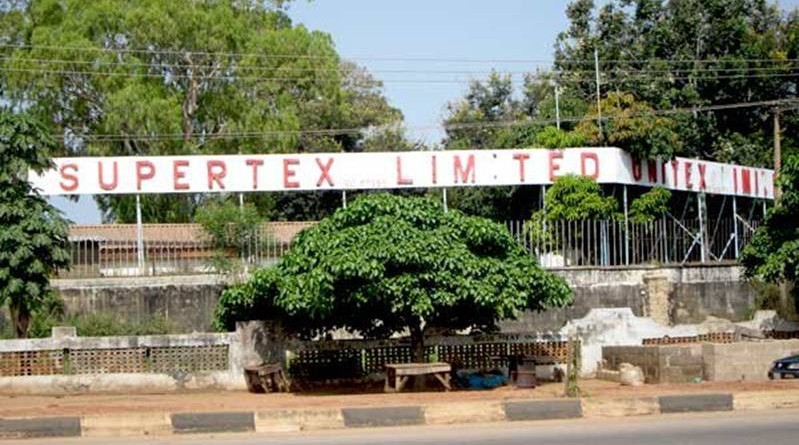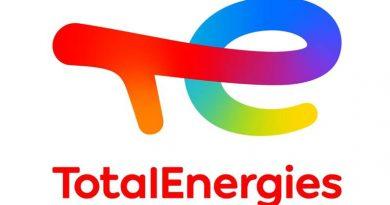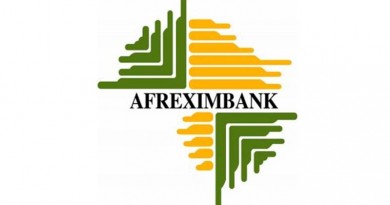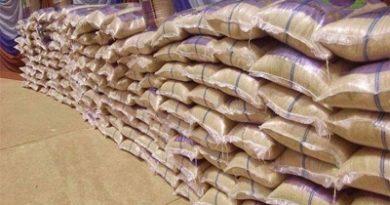We’re stimulating patronage and domestic market for local textiles and fabrics
Hajiya Aisha Abubakar is the Minister of State, Federal Ministry of Industry, Trade and Investment . Aisha who also chairs the Presidential Committee on Cotton, Textile and Garment (CTG) in this interview speaks on the problems in the textile industry and what the committee is doing toward reviving the industry.
. Aisha who also chairs the Presidential Committee on Cotton, Textile and Garment (CTG) in this interview speaks on the problems in the textile industry and what the committee is doing toward reviving the industry.
What was the situation when this committee was inaugurated?
We came on board very anxious and determined to revitalise the textile industry, as was the president’s promise during the campaigns which was as well in response to the yearnings of the stakeholders. Sentiments were high and these deepened as we toured the textile factories in Lagos, Zaria, Kaduna and Kano.
What we discovered was abysmal as all of them were at best, performing below production capacity. We discovered that most of the few staffers were only been maintained because employers did not want to lose good hands or because their parents had been active players in the sector. It was a feeling of helplessness and sadness as machines upon machines were covered in white and factories remained soundless.
Some of the textile mills we visited had stocks that had been sitting there for ages whilst there were those that had a few that they were working on.
The significance of the textile industry and its impact on the collapse on the nation’s economy is best illustrated by the fact that, at its height, the sector had created over 800,000 jobs, representing 25% of the total number of jobs in the manufacturing sector, second only to the government in the employment of labour.
There were 175 textile mills in the country during its golden era, (i.e. 1985 – 1991) out of which today, all but 27 of them have since gone under.
In an attempt to understand the sector and the many challenges it faced, we traversed, held exhibitions and had several but endless meetings. We even met and held extensive talks or rubbed minds with a broad spectrum of members and leadership of the textile labour union.
What is this administration doing differently to revive the sector?
To drive the sustainable implementation of the Cotton, Textile and Garment (CTG) policy, as well as President Muhammadu Buhari’s policy thrust and vision in the textile industry, the government in April 2016 inaugurated a special Implementation Committee involving critical stakeholders with my humble self, Minister of State, Federal Ministry of Industry, Trade and Investment , as chairperson.
, as chairperson.
Our aim is to accelerate the sustainable increase in the production and processing of cotton and leverage on existing efforts to increase competitiveness in the sector. The opportunities for doing so are envisaged in the Nigerian Industrial Revolution Plan (NIRP) framework which helps to quantify the potentials for sustainable value addition so that government can design its intervention strategies for the industry. Any success recorded in reviving the sector, will contribute towards actualising the goals of the Economic Recovery and Growth Plan (ERGP).
What has the committee identified as challenges to achieving this goal?
The committee identified some key challenges affecting the sector such as lack of cotton lint, smuggling and counterfeiting, inadequate infrastructure, access to power, and funding and recommended actions to address them. We were able to facilitate the accessing of working capital to enable manufacturers acquire necessary raw materials and other essential inputs for production activities. The committee also, took steps to secure loan re-financing and has recommended 60% of forex allocation from the CBN.
allocation from the CBN.
However, the reality is that approximately N500 million to N1 trillion is projected for a complete turn-around of the nation’s textile industry. Funds needed by manufacturers to recapitalise have been hampered by the high interest rates charged on loans by financial institutions. The 30% interest rate charged in Nigeria by commercial banks would appear as prohibiting when compared, for example, with the 6% charged in China on loans given to the textile manufacturers.
Our own situation has tended to discourage prospective investors in the sector. We have accordingly recommended that government should consider the approval of the recommendation that the loans granted to the textile industries by the Bank of Industry (BOI) should be taken over by the Central Bank with a view to extending the repayment tenor. Also, the accumulated 10% of tariff on imported textile materials meant for the development of local manufacturing sector in Nigeria should be made available to the sector players without much further delay.
Textile owners face high cost of energy needed to drive their mills. How has your committee addressed this problem?
According to the International Textile Manufacturers Federation (ITMF), power supply accounts for about 15% production cost in the textile industry. In Nigeria it is almost 45% for manufacturers in general and particularly peculiar to the textiles. Inadequate and high cost of energy in the textiles industry has been one of the major impediments to investment in the sector.
The Committee in its bid to resolve the issue of high gas pricing has secured a presidential approval for the re-categorization of textile manufacturers as strategic industrial sector as against earlier classification in the commercial sector. The major implication of the policy shift is the elimination of the many bottlenecks in the supply of energy to the textile mills. Once implemented by the gas producers, gas supply to the textile manufacturers will cost only 3 dollars per standard cubic feet as against the old regime of 8.45 dollars.
Effective from January 2018 and the 11 textile mills in Lagos State, already connected to the gas pipelines (i.e. Escravos) will be the immediate beneficiaries of this reprieve. Textile manufacturing companies in other parts of the country that are not connected will depend on supplies from refineries in their regions of location by means of CNG trucks.
There is also the crisis of scarcity of cotton lint which is a major raw material used by the textiles. How is the committee addressing this?
The production of cotton lint which accounts for 40% of the raw materials required in the textile industry has remained a critical challenge due to poor production and patronage of the local fabrics. We realized that there has been high loss of interest in cotton cultivation by peasant farmers. There is the good news that we are succeeding in forecasting the Nigeria’s cotton sector increasing production by 20% in 2018, as farmers are encouraged by better returns due to increasing cotton prices and improved yields.
This government’s intervention is now being focused among other strategies, at boosting cotton production anchored on a frontal, revolutionary agenda to boost cotton production spear-headed by the Ministry of Agriculture and the state governments where cotton is traditionally grown.
To illustrate further, cotton farmers require a minimum of 25,000 tons of cotton seeds to produce sufficient quantity for use by local textile mills. The committee was only able to source 5000 tons from the Institute of Agricultural Research (IAR) of Ahmadu Bello University (ABU), Zaria in 2017 and distributed to farmers. We have since put in place similar action plans through the establishment of synergy with other research institutes, the Federal Ministry of Agriculture and governments in the states where cotton is viably produced.
What are the achievements of the committee so far?
The revival of the textile industry is not a lost cause as it will yield a veritable boost to the government’s agenda on diversification of the economy. It will create the much needed employment opportunities for the teeming youths, across the value chain, save the nation from loss of foreign exchange and enhance the nation’s export potential.
With the current focus of government on creating an enabling environment for both domestic and foreign investment as well as the creation of special economic zones, the future of the textile industry can be reassured. Certain hard policy decisions will need to be taken. Government is also expected to keep up the present intervention efforts, which require among others, a more robust synchronization and interface between all relevant stakeholders.
There is potential to drive investment, create market access and employment opportunities in the textile industry but we need to have foresight and prepare as we embrace the technology of today and in the same vein, courageously face the reality of our situation.
We have been talking specifically on the government’s landmarks in the textile industry. I need to point out that the government’s activities in the Micro, Small and Medium Scale Industries as well as the promotion of investors’ confidence in the Nigerian business environment are somewhat unprecedented in our recent past experience.
By Victoria Onehi & Mulikatu Umar Shuaibu, DAILYTRUST.COM.NG




